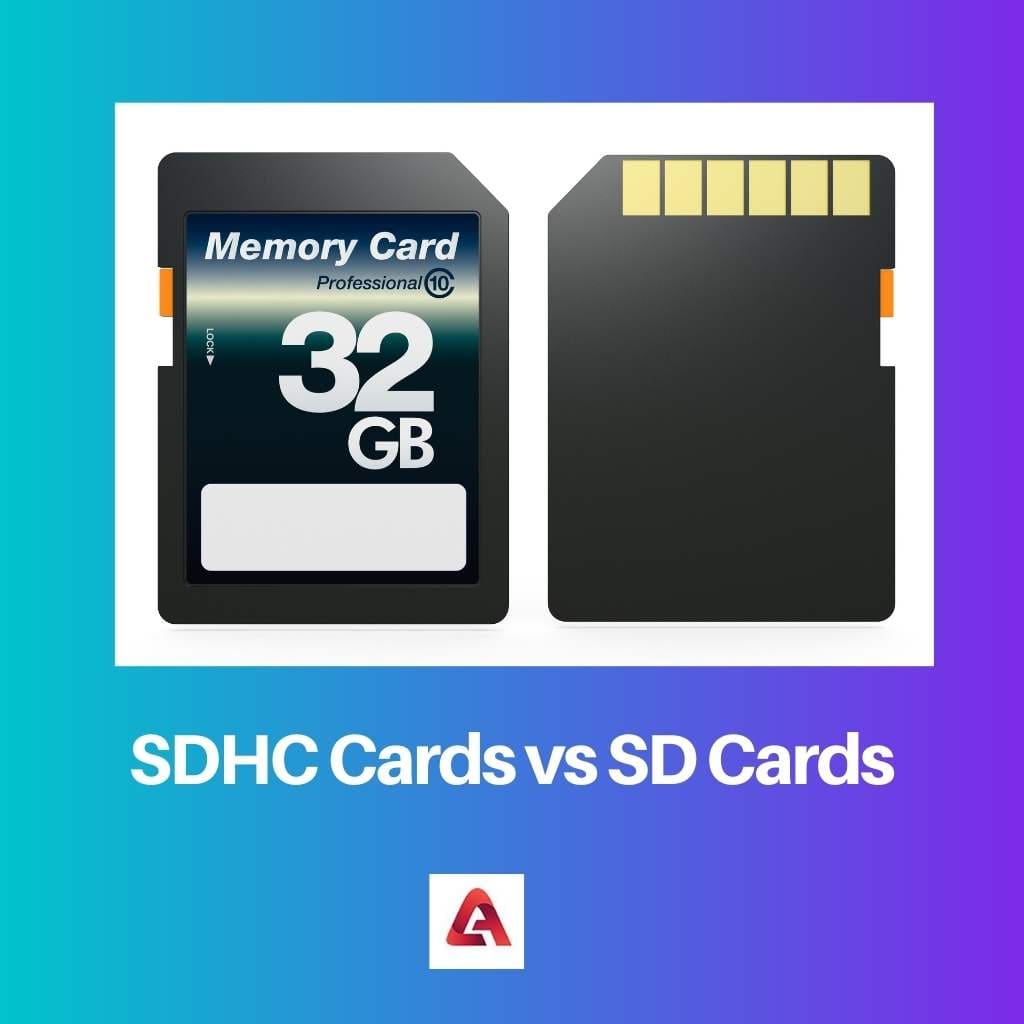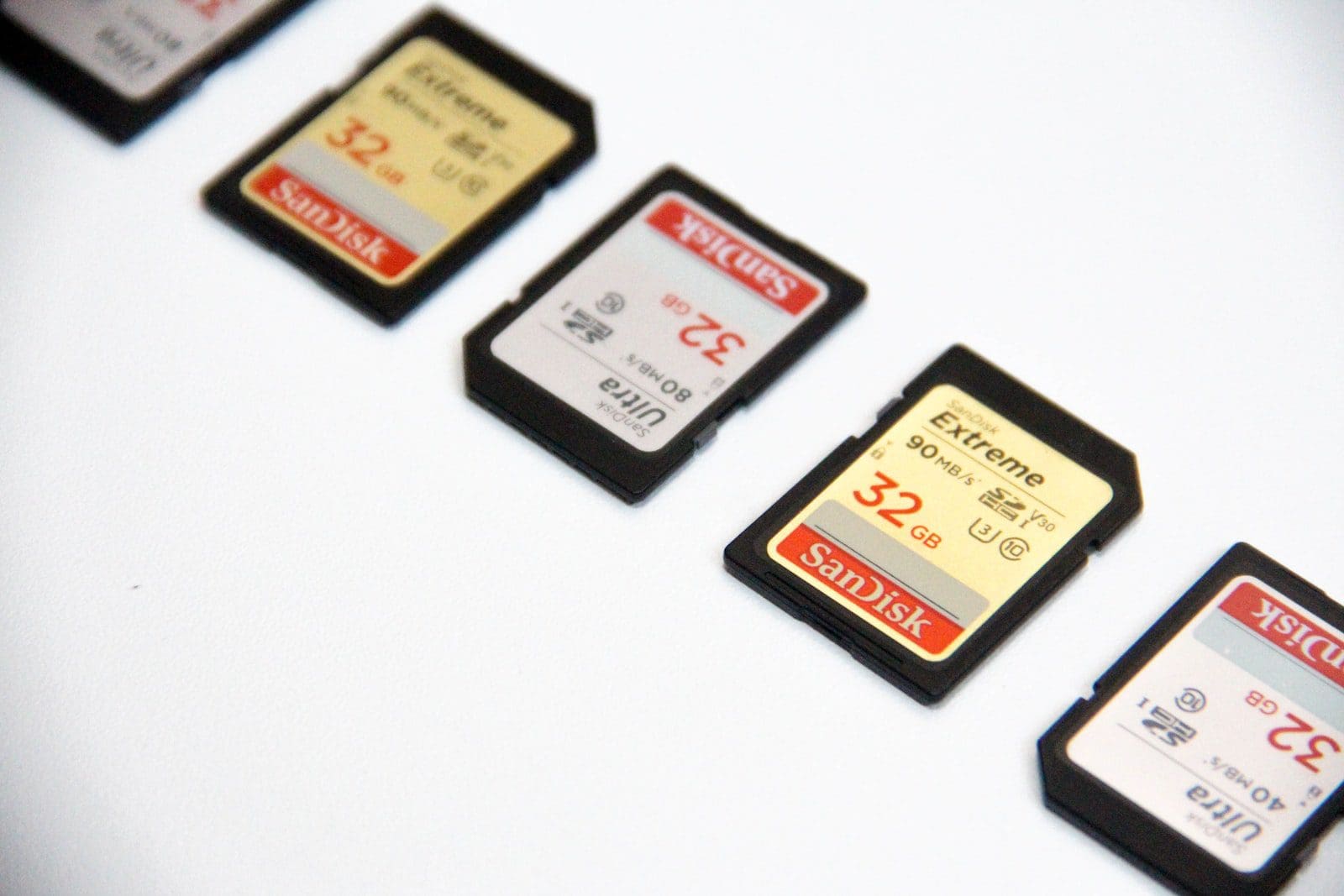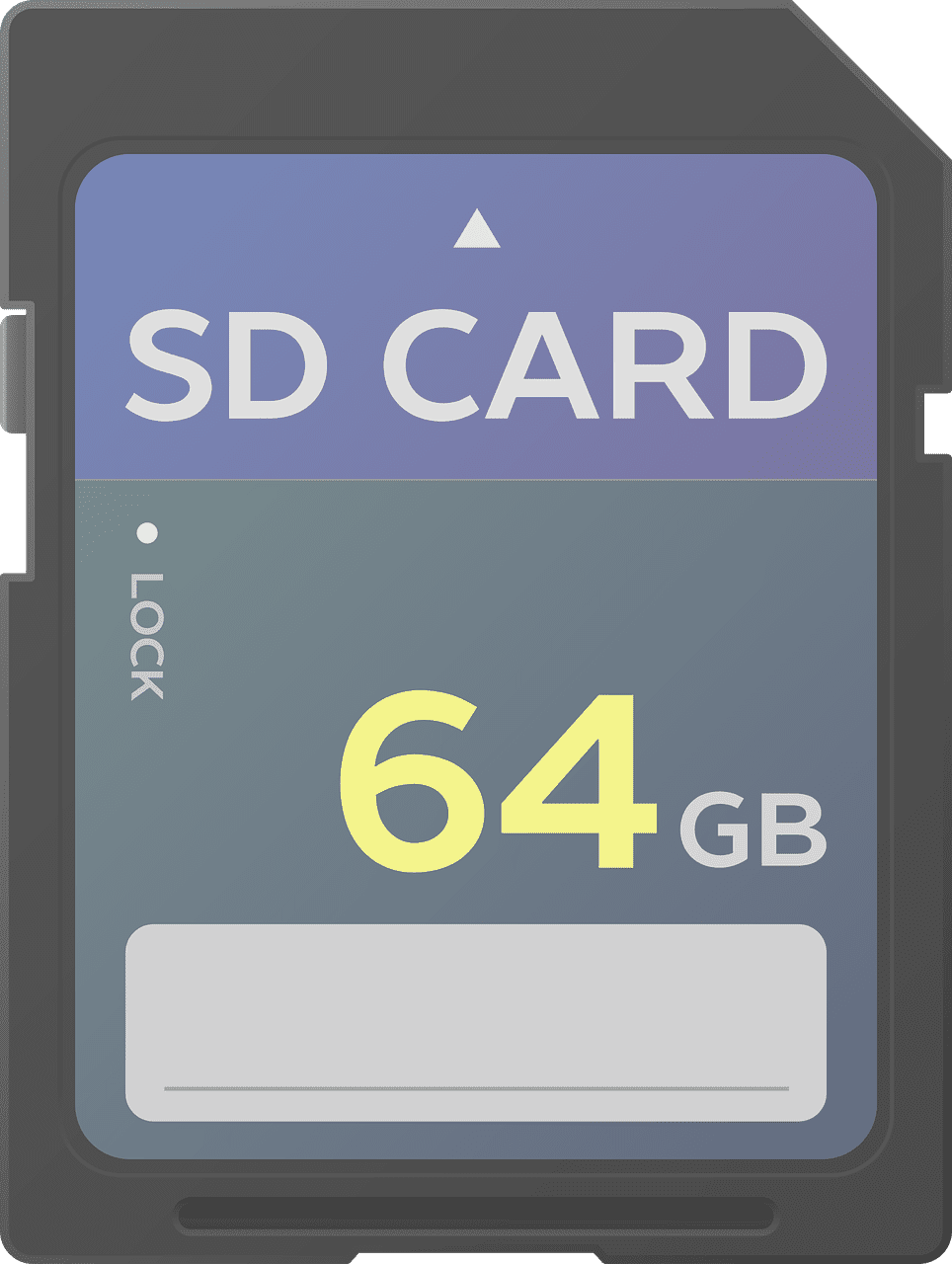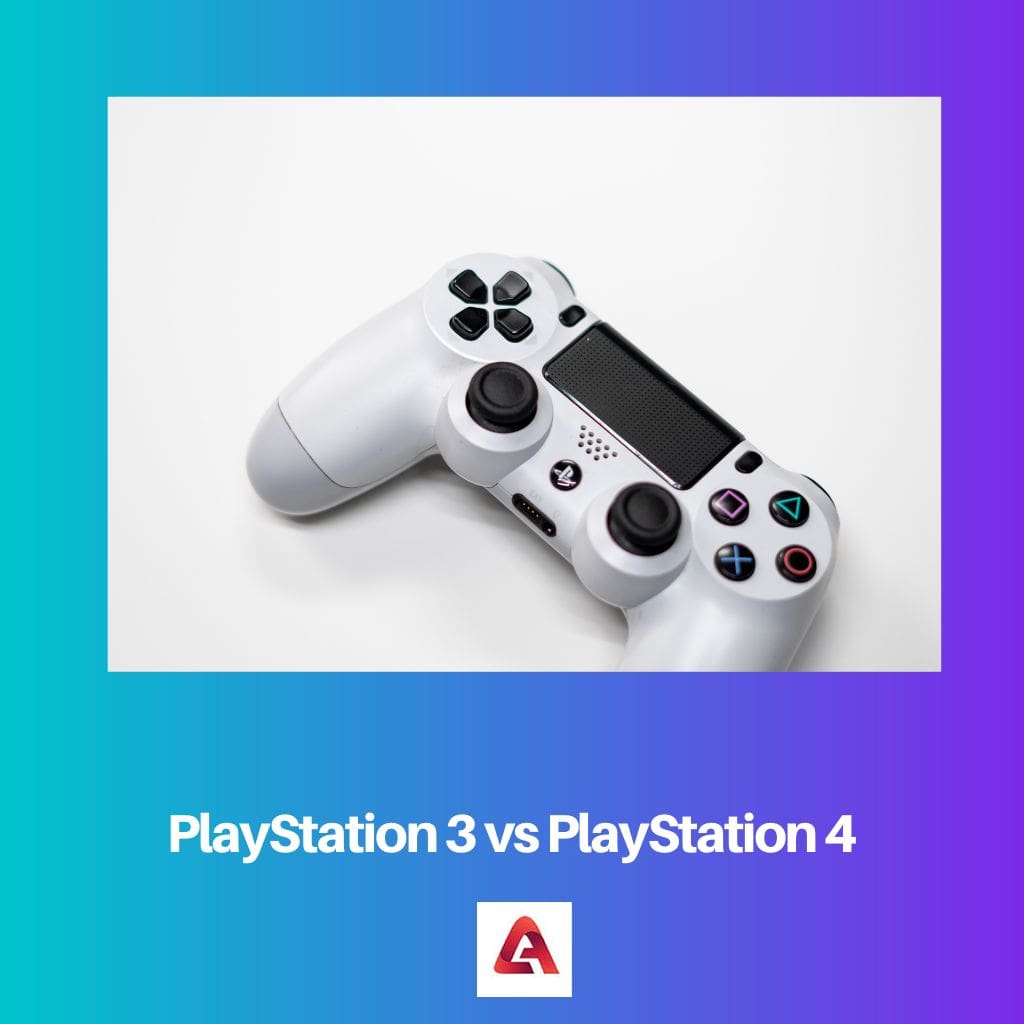Memory cards nowadays are a befuddling jumble of geek jargon, but if you grasp the essentials, it may become easily understandable.
Media storage technologies have always evolved in the field of computer science and digitalization, from huge hard drives to flash drives and micro SD cards.
This article concentrates on how the SDHC standard was launched in early 2006 and gradually paved the way for today’s more common SD cards.
In this article, the distinctions between digital tools, as well as their unique applications and objectives, are highlighted.
Key Takeaways
- SDHC cards have a storage capacity between 4GB and 32GB, while SD cards hold up to 2 GB.
- SDHC cards use the FAT32 file system, whereas SD cards utilize the FAT16 file system.
- Both card types are physically similar, but SDHC cards provide faster transfer speeds and larger storage capacities.
SDHC Cards vs SD Cards
Secure digital high-capacity cards (SDHC cards) are a chip that allows 4GB to 32GB of storage. It can be used in devices that accept SDHC flash drives. Security digital cards (SD cards) are memory cards used to store large data. It is used as an added storage for mobile phones and cameras. It has a storage capacity of up to 4 GB

SDHC was launched in the year 2006 for specific devices like laptops, cameras, and other media devices. An SDHC chip will not operate in a new-gen camera or scanner that accepts SD cards.
SDHC cards come in sizes of 4GB, 8GB, 16GB, and 32 GB. SDHC was aimed at satisfying the rising need for greater video and picture transmission in various SD-enabled devices.
Instead of byte addressing, SDHC uses sector address space. Each sector has 512 bytes, resulting in a potential limit capacity of 2 terabytes.
However, it is presently restricted to a maximum of 32GB per card, which will most likely be raised if that cap is reached.
SD card, on the other hand, was capped because of the bytes referencing method that is used in SD that the storage capacity is restricted.
This is not due to the model derived from the item, although you can easily add more; it is due to the byte referencing technique that has been used in SD.
Fat32, one of the most prevalent root filesystems in smartphones, can only allocate 232 addresses, or a little less than 4.3 billion. There are now only 4.3 billion bytes (or 4GB) if each location is comparable to one byte.
Comparison Table
| Parameters of Comparison | SDHC Cards | SD Cards |
|---|---|---|
| Full Form and Release Date | SDHC stands for Secure Digital High Capacity. It was released in 2006. | SD stands for Secure Digital. It was created in 1999 by Matsushita, SanDisk, and Toshiba. |
| Speed | Basic speed is 12.5 MB/s; maximum speed is 25 MB/s; and with UHS-I, the maximum speed is 104 MB/s. | SD cards are not as fast as SDHC cards. Usually ranges from 4mbps writing and 8mbps reading speed. |
| Compatibility | SDHC memory sticks are not accepted by devices that do not enable SDHC. Previous SD cards will be supported by host devices that support SDHC. | Compatible with SD default Host Devices. |
| File System and Dimensions | FAT-32 system. Dimensions: 24 mm × 32 mm × 2.1 mm. | FAT-16 system. Dimensions: 24 mm × 32 mm × 2.1 mm |
| Capacity | From 4 to 32 GB | Used to be confined upto 2GB. However, the latest Micro SD cards can cap it off till 512 GB. |
What are SDHC Cards?
SDHC stands for Secure Digital High Capacity, and it was introduced by the SD Card Association in 2006. SDHC cards aren’t quicker than SD cards, however, enforcing minimum write rates might result in significantly faster decipher access.
The latest SDHC standard employs sector or phrase addressing, which potentially allows for storage sizes of up to 2 TB (2048 GB).
The present SDHC technology restricts an SDHC card’s rated limit to 32 GB, however, it is predicted that the protocol will be updated to allow for card sizes larger than 32 GB.
SanDisk introduced a 64GB SDHC card in early 2010. SDHC cards are not interoperable with ordinary SD devices, thus, they may still not function with older camcorders or handy-cams Memory Stick Card Readers.
The SDHC symbol will be shown on the equipment (such as imprinted on the side of a lens casing) and/or user manual for most modern devices requiring the new SDHC formats to operate. SDHC (large capacity) sticks to hold up to 32 GB of content.
SD cards may be used in most machines that accept SDHC flash drives.
Due to their sizes, most memory sticks are very straightforward to identify as SD or SDHC, however, cards with a 4GB capacity should be inspected thoroughly because they might be either.

What are SD Cards?
An SD card, also known as a Security Digital card, is a memory card that helps to store larger quantities of data.
It’s used in mobile gadgets like cameras and cell phones, and it can be of great help in modern times. It was created in 1999 by Matsushita, SanDisk, and Toshiba.
The SD card is a simple means of transmitting and storing data that is highly lightweight and mobile, and a standard micro SD card will work with a broad variety of smart devices that support SD cards.
SD’s memory capacity was restricted not by the model derived from the device, as you can constantly add extra; rather, it was constrained by the byte indexing method that was employed in SD.
Fat32, the most prevalent file system in portable devices, could only generate 232 addresses, or a little less than 4.3 billion. There are only 5 billion bytes (or 4GB) if each location is comparable to one byte.
SD storage devices have a full capacity of 4GB and are used in SDHC devices (lower entry-level performance). SD cards come in various sizes, like 256 – 512MB, 1GB, and 2GB. Presently, 2GB SD cards are the most popular.

Main Differences Between SDHC Cards and SD Cards
- SDHC stands for Secure Digital High Capacity, whereas SD stands for Secure Digital.
- SDHC card was launched in 2006 by the SD card association, whereas SD card was launched by Matsushita, SanDisk, and Toshiba in 1999.
- SDHC works in the FAT 32 system, whereas SD card works in the FAT 16 system.
- SDHC cards are faster than the original non-micro SD cards in terms of reading and writing speeds.
- SDHC cards are not compatible with host devices, whereas SD cards are compatible with host devices.





